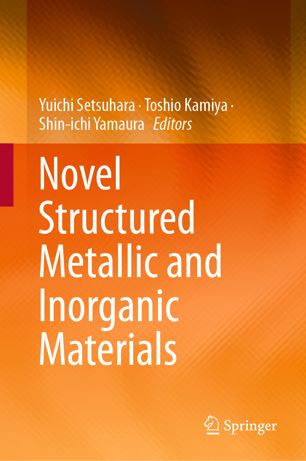

Most ebook files are in PDF format, so you can easily read them using various software such as Foxit Reader or directly on the Google Chrome browser.
Some ebook files are released by publishers in other formats such as .awz, .mobi, .epub, .fb2, etc. You may need to install specific software to read these formats on mobile/PC, such as Calibre.
Please read the tutorial at this link: https://ebookbell.com/faq
We offer FREE conversion to the popular formats you request; however, this may take some time. Therefore, right after payment, please email us, and we will try to provide the service as quickly as possible.
For some exceptional file formats or broken links (if any), please refrain from opening any disputes. Instead, email us first, and we will try to assist within a maximum of 6 hours.
EbookBell Team

4.0
86 reviewsThis book describes a series of research topics investigated during the 6 years from 2010 through 2015 in the project "Advanced Materials Development and Integration of Novel Structured Metallic and Inorganic Materials". Every section of the book is aimed at understanding the most advanced research by describing details starting with the fundamentals as often as possible. Because both fundamental and cutting-edge topics are contained in this book, it provides a great deal of useful information for chemists as well as for materials scientists and engineers who wish to consider future prospects and innovations. The contents of Novel Structured Metallic and Inorganic Materials are unique in materials science and technology.
The project was carried out through the cooperation of research groups in the following six institutes in Japan: the Institute for Materials Research (IMR), Tohoku University; the Materials and Structures Laboratory (MSL), Tokyo Institute of Technology; the Joining and Welding Research Institute (JWRI), Osaka University; the Eco-Topia Science Institute (EST), Nagoya University; the Institute of Biomaterials and Bioengineering (IBB), Tokyo Medical and Dental University; and the Institute for Nanoscience and Nanotechnology (INN), Waseda University.
Major objectives of the project included creation of advanced metallic and inorganic materials with a novel structure, as well as development of materials-joining technologies for development of cutting-edge applications as environmental and energy materials, biomedical materials, and electronic materials for contributing to the creation of a safer and more secure society.